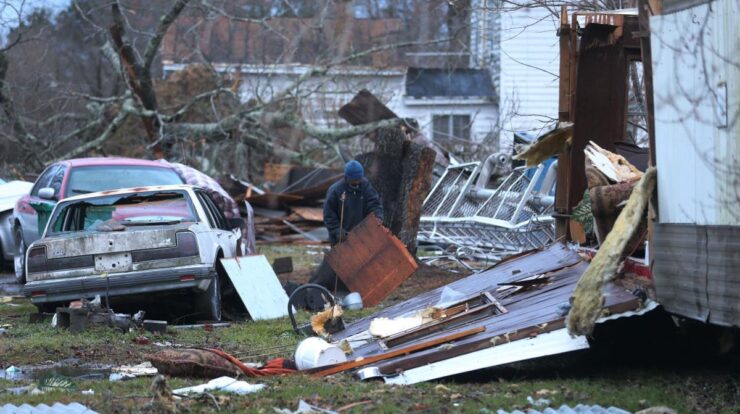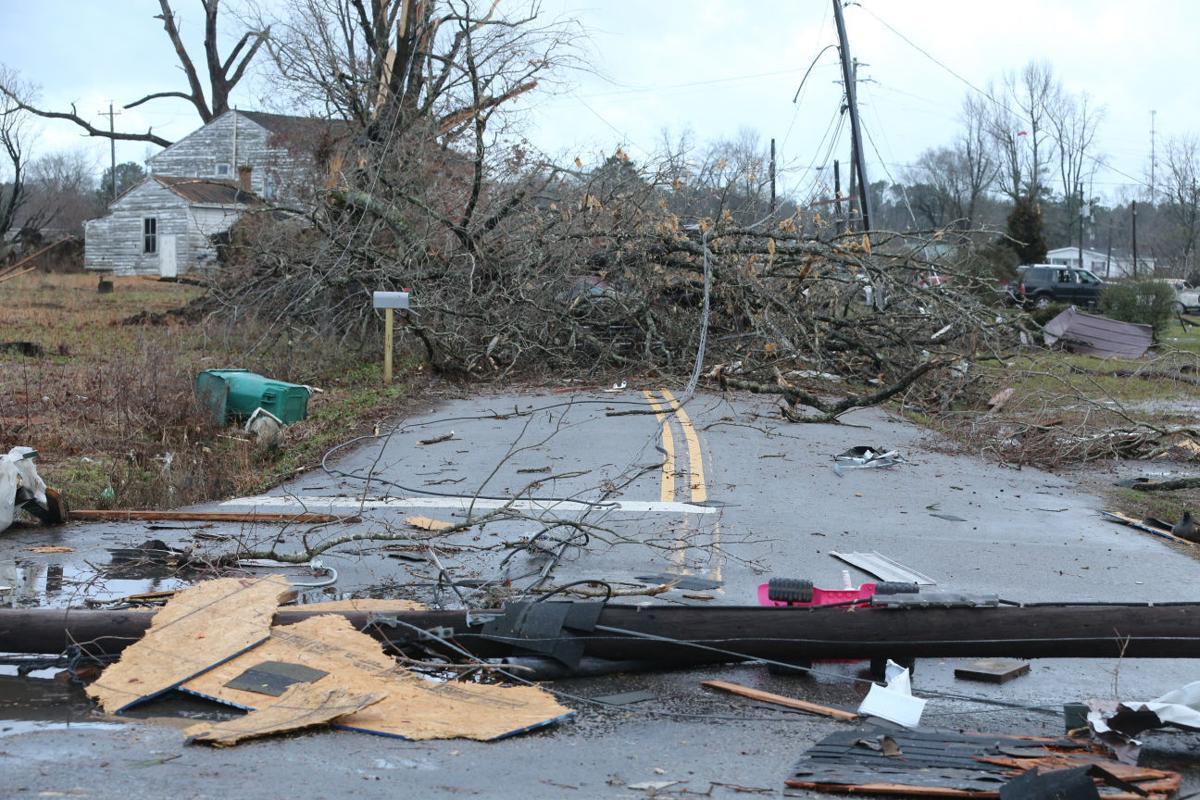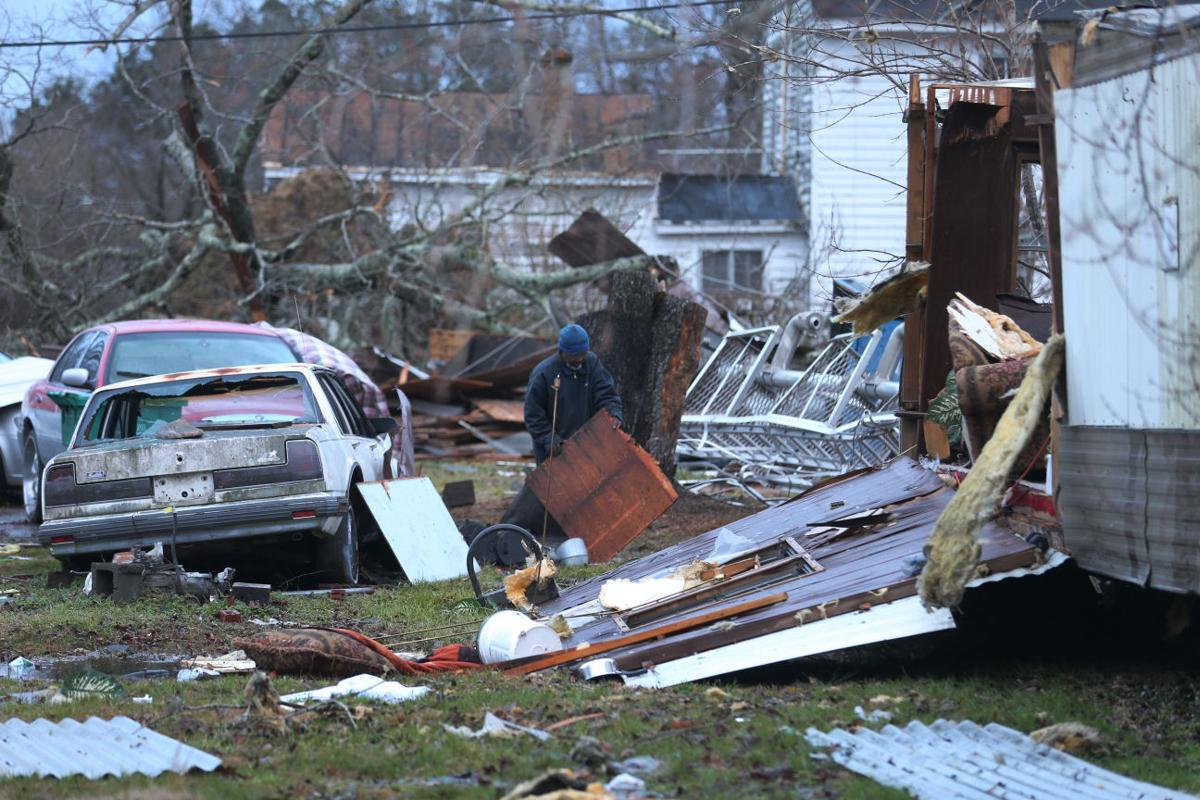
The Waverly tornado, a catastrophic event that struck the community in its relentless fury, left an unforgettable mark on the landscape and the hearts of its people. This devastating tornado, with its immense power and destructive path, became a stark reminder of nature’s unyielding force.
As the tornado unleashed its wrath, it left a trail of destruction in its wake, damaging homes, businesses, and infrastructure. The community was left reeling from the impact, facing the arduous task of rebuilding and recovery.
Overview of Waverly Tornado
The Waverly tornado, an EF4 tornado, touched down in Waverly, Tennessee, on May 28, 2008. The tornado was part of a larger outbreak that produced dozens of tornadoes across the southeastern United States. The Waverly tornado traveled for 23 miles, causing widespread damage and loss of life.
Meteorological Factors Contributing to the Tornado

The Waverly tornado formed in an environment characterized by atmospheric instability, wind shear, and ample moisture. A strong cold front collided with warm, moist air from the Gulf of Mexico, creating an unstable atmosphere. The wind shear, or difference in wind speed and direction with height, provided the necessary rotation for the tornado to develop.
Damage Assessment and Recovery Efforts
The Waverly tornado caused extensive damage to infrastructure, homes, and businesses. Over 1,000 homes were destroyed, and hundreds more were damaged. The tornado also caused significant damage to the city’s power grid, water system, and transportation network. Recovery efforts began immediately, with local authorities and emergency services providing assistance to the affected community.
Scientific Research and Lessons Learned
The Waverly tornado has been the subject of extensive scientific research. Studies have examined its formation, behavior, and impact. The research has led to improved weather forecasting and warning systems, as well as building codes that are more resistant to tornadoes.
Historical Context and Comparisons
The Waverly tornado is one of the deadliest tornadoes in Tennessee history. It is comparable to the Nashville tornado of 1998, which also caused widespread damage and loss of life. Both tornadoes occurred in May, which is typically the peak month for tornado activity in the southeastern United States.
Social and Economic Impact: Waverly Tornado
The Waverly tornado had a significant social and economic impact on the community. The tornado caused population loss, housing shortages, and business closures. The long-term recovery process has been challenging, but the community has shown resilience and determination in rebuilding.
Community Resilience and Recovery

The Waverly community has demonstrated remarkable resilience in the face of the tornado. Community organizations, volunteers, and local businesses have played a vital role in the recovery process. The community has also received support from state and federal agencies.
Ultimate Conclusion
The Waverly tornado serves as a sobering reminder of the destructive power of nature and the importance of preparedness. It also highlights the resilience of the human spirit, as the community came together to rebuild and recover from this devastating event.
Questions Often Asked
What caused the Waverly tornado?
The Waverly tornado was caused by a combination of atmospheric instability, wind shear, and moisture, which created the perfect conditions for a tornado to form.
What was the impact of the Waverly tornado?
The Waverly tornado caused extensive damage to homes, businesses, and infrastructure, leaving many people homeless and without power.
How did the community recover from the Waverly tornado?
The community came together to rebuild and recover from the Waverly tornado, with the help of local authorities, emergency services, and volunteers.





